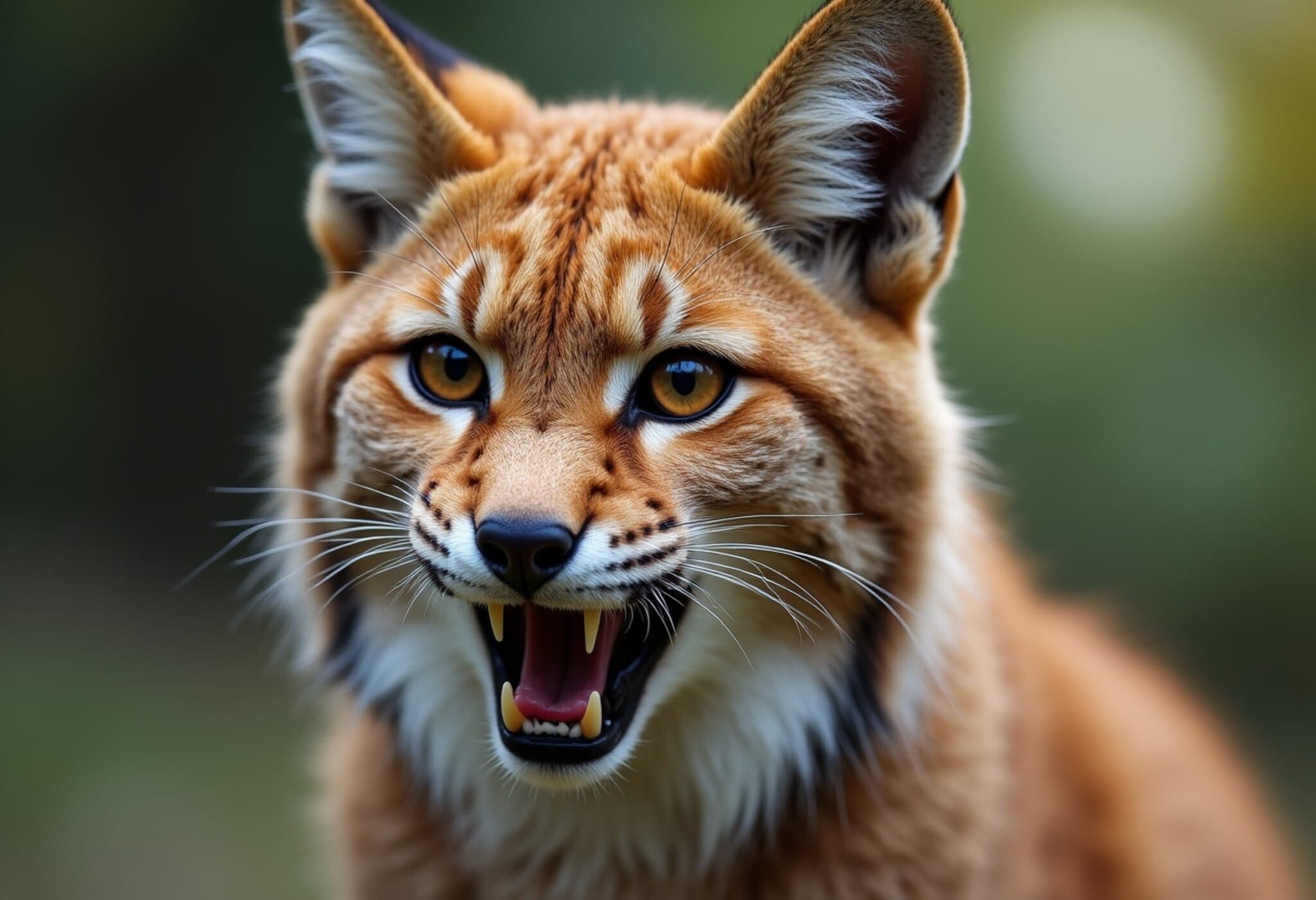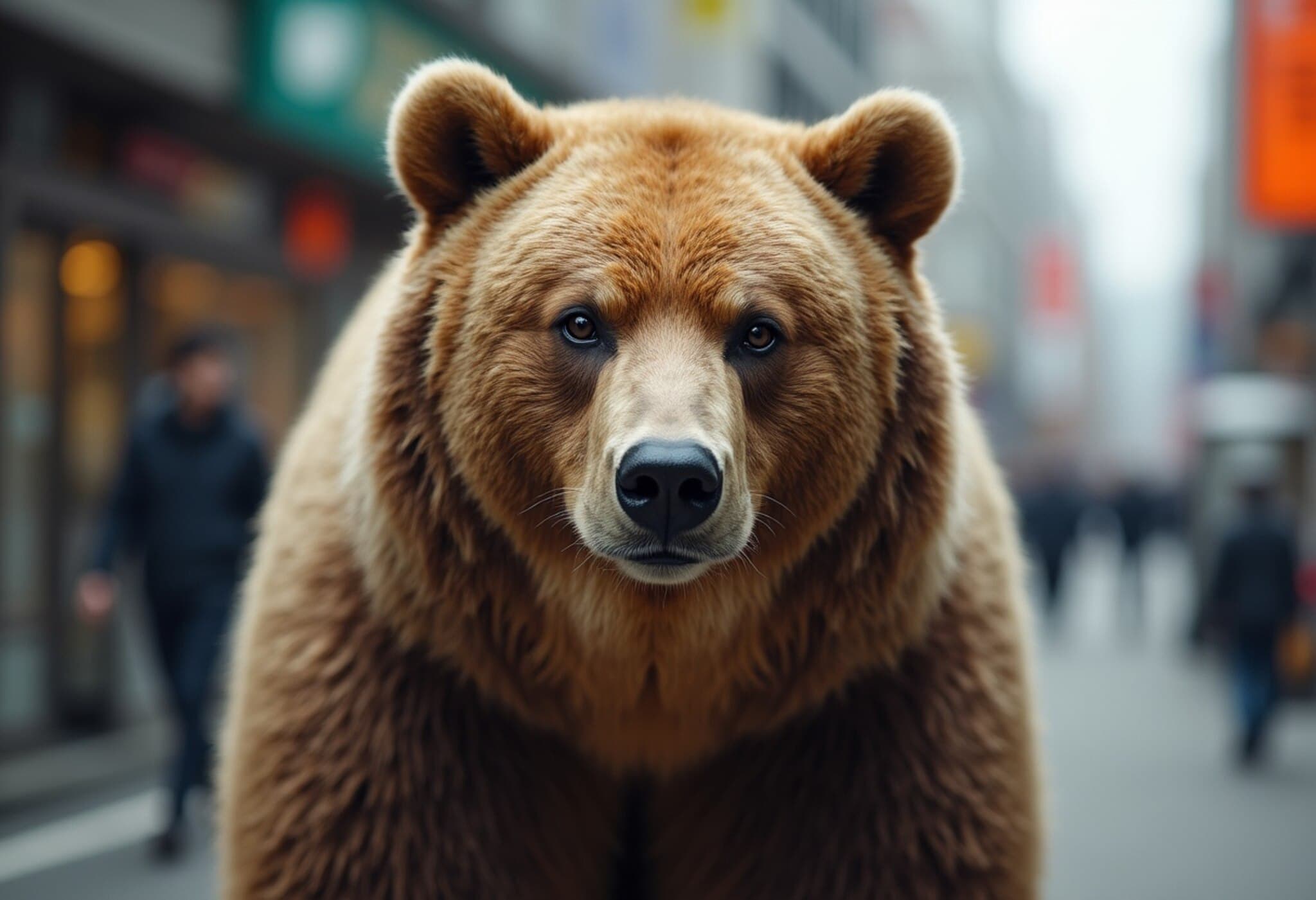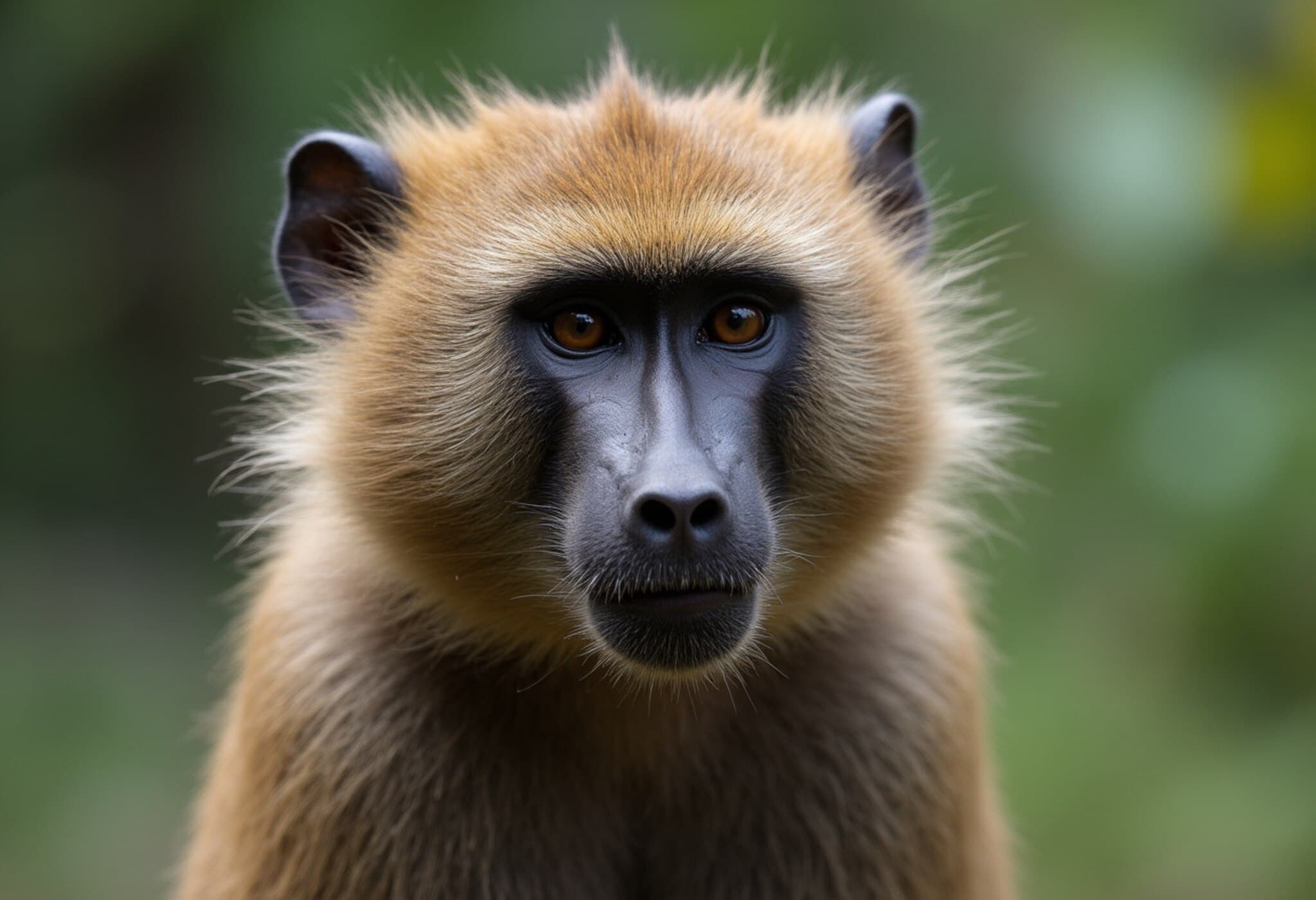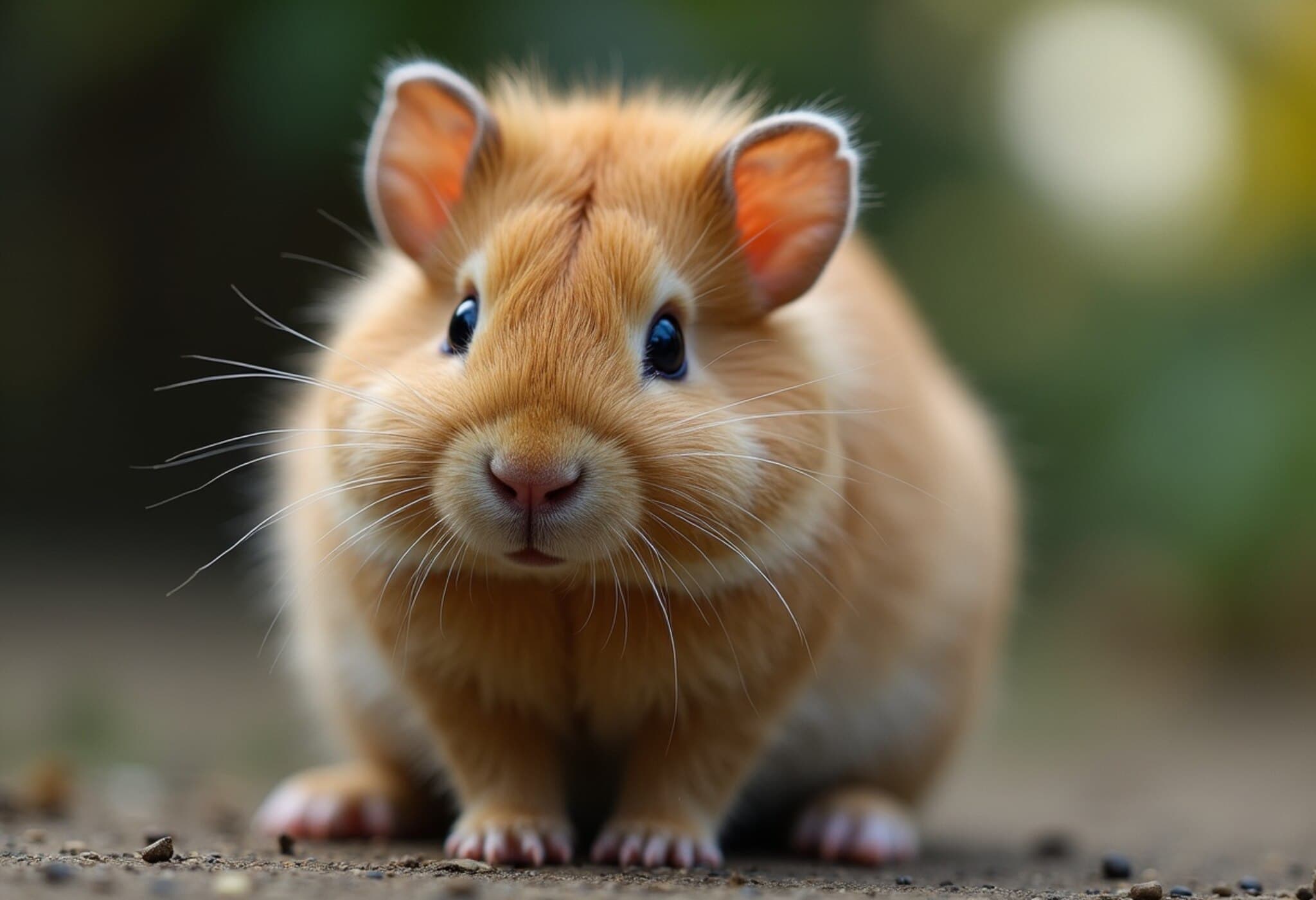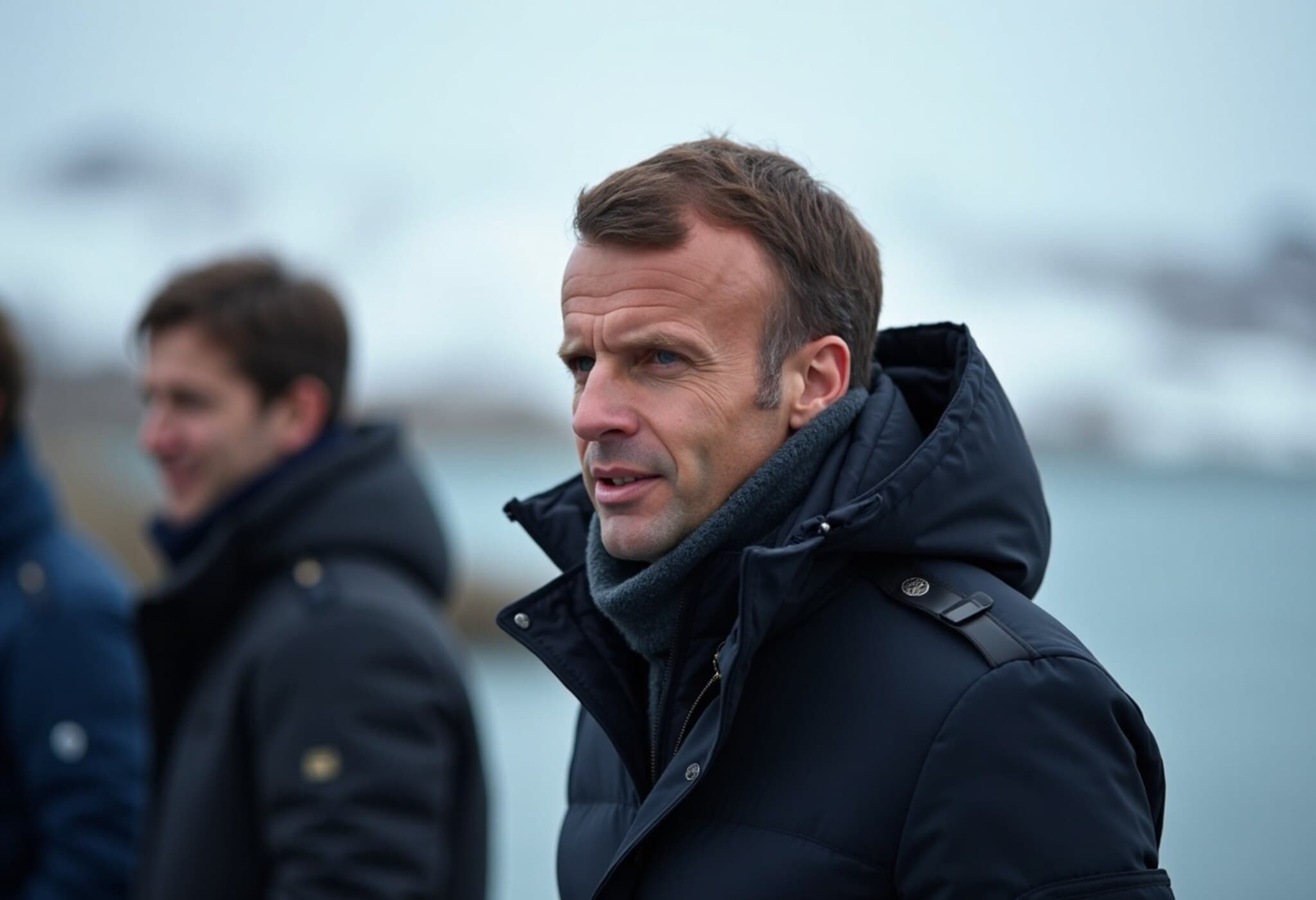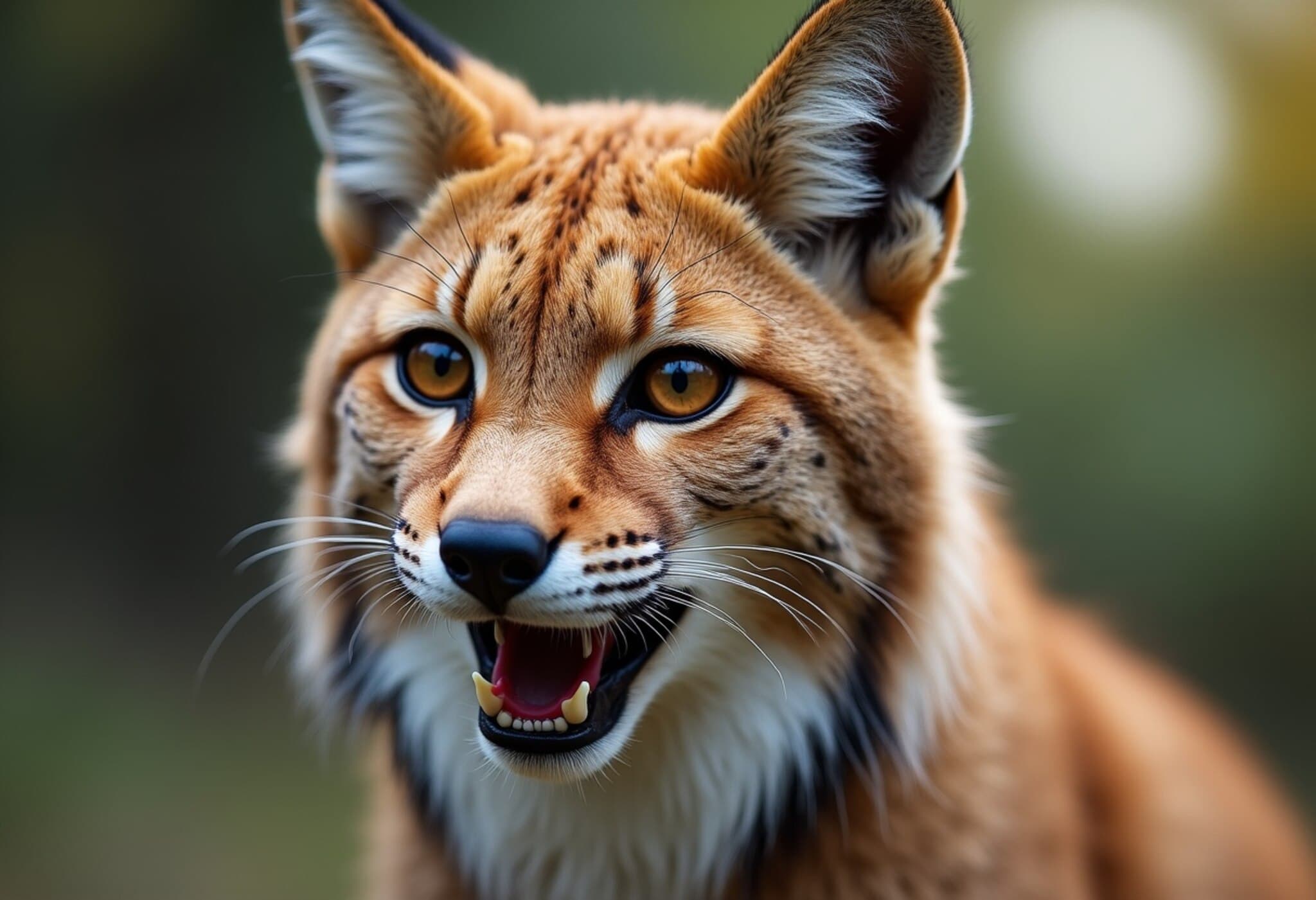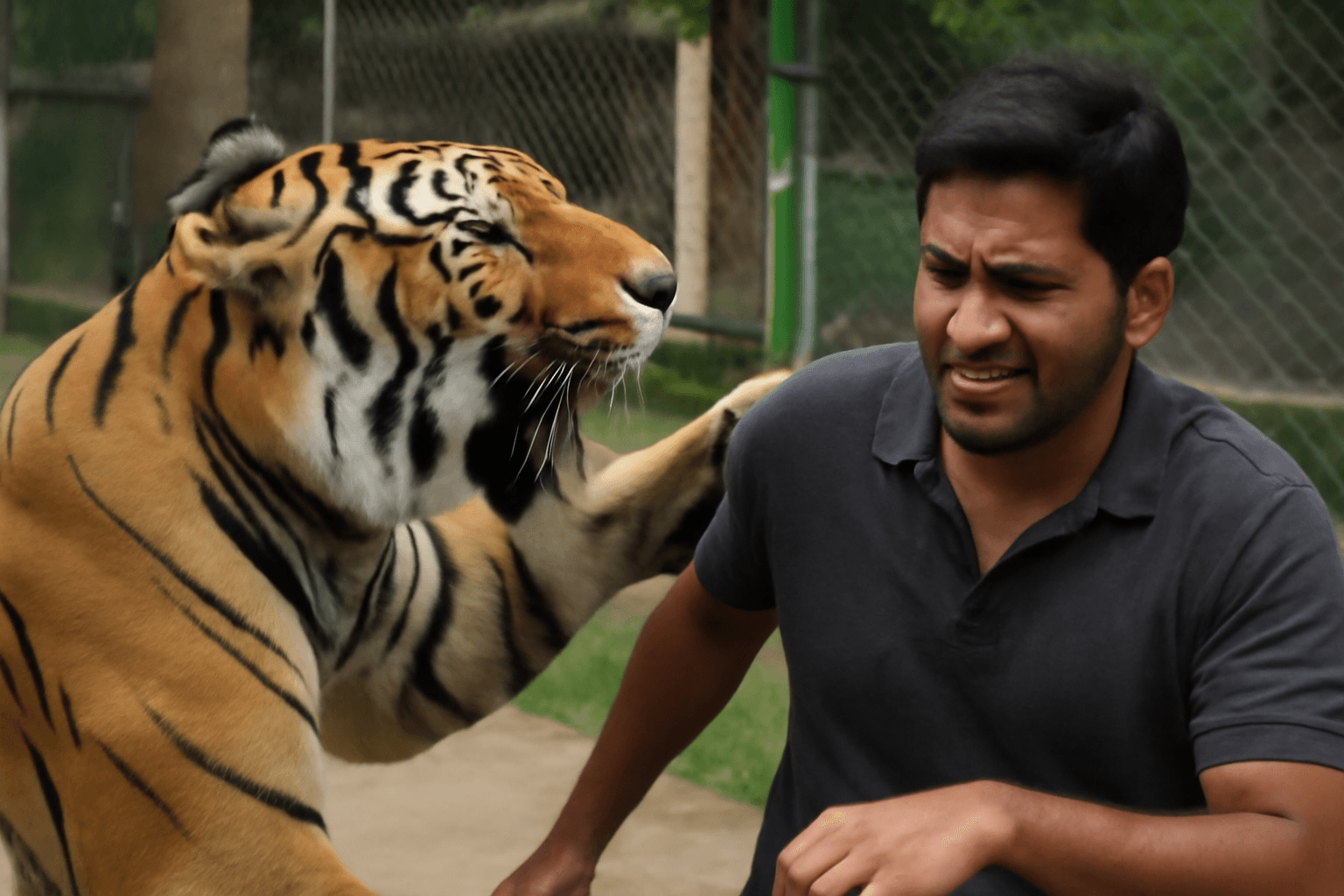Danish Zoo Appeals for Pet Donations to Sustain Predator Diets
In an unusual and controversial initiative, Aalborg Zoo in northern Jutland, Denmark, recently put out a public call asking citizens to donate small, healthy pets such as rabbits, guinea pigs, and chickens. These animals would be euthanized and used as food for predators at the zoo, in particular, the European lynx, whose natural hunting behavior requires whole prey.
The Zoo’s Explanation: Natural Diet and Sustainability
The zoo emphasized that feeding whole prey mimics the European lynx’s diet in the wild, an important factor in the animals' physical and psychological well-being.
"Chickens, rabbits and guinea pigs form an important part of the diet of our predators," the zoo stated in a social media post. They also clarified that donations would be limited to a maximum of four animals per owner and that the animals would be euthanized humanely before being fed to the predators.
Additionally, Aalborg Zoo revealed it was accepting horse donations, provided they come with appropriate paperwork. In Denmark, such donations can qualify for certain tax deductions, providing an incentive for owners to contribute.
Social Media Backlash and Ethical Controversy
The zoo’s request ignited fierce backlash online. Many expressed profound shock and condemnation. Comments ranged from horror at the idea of sending healthy pets to be euthanized to calls for adopting vegan lifestyles and ending zoo animal captivity altogether.
- “Shame on you,” one Instagram user wrote, highlighting the emotional distress this decision caused.
- Another commented, “Asking people to send healthy animals they no longer want so they can be slaughtered is one of the strangest requests I’ve seen.”
- Others voiced a broader critique of zoos, associating the request with ethical debates around animal rights and captivity.
Contextualizing: The Larger Debate on Zoo Ethics and Animal Management
This controversy is not isolated. Just weeks prior, Nuremberg Zoo in Germany faced public outrage after they euthanized 12 healthy baboons due to overcrowding. The baboon bodies were reportedly fed to predators in full view of zoo visitors, stirring ethical debates about transparency and zoo practices.
In Denmark itself, Aalborg Zoo’s approach echoes past contentious episodes, notably the 2014 euthanasia and public dissection of a giraffe named Marius. The zoo stated Marius was culled due to genetic considerations within breeding programs, a practice that shocked animal lovers worldwide.
Expert Insights: Balancing Animal Welfare, Conservation, and Public Morality
From a zoological and conservation perspective, zoos often face challenging decisions balancing species preservation and animal welfare against spatial constraints and public expectations.
Dr. Emily Harrison, an expert in animal ethics and wildlife conservation, explains: "Feeding whole prey is crucial for the dietary and behavioral health of certain predators. However, obtaining such food humanely and ethically is a complex issue, especially when involving animals that have been previously kept as pets."
She adds, "Public backlash often results not only from the biological facts but from emotional responses tied to pets as family members. Zoos must engage in transparent conversations and explore alternatives to avoid undermining public trust."
Economic and Legal Perspectives in Denmark
Denmark’s tax incentives for donating horses to zoos reflect a policy attempt to facilitate animal management sustainably. Yet, the lines between animal welfare, economics, and public ethics remain blurred and heavily debated.
Legal experts note that Denmark’s animal welfare laws require strict oversight on euthanasia procedures. The donation policy must comply with these regulations to avoid further controversy.
Conclusion: The Ongoing Dialogue on Human-Animal Relationships
The Aalborg Zoo’s request reignites urgent questions about how society values pets, wildlife, and conservation in a rapidly changing world. It challenges us to rethink the ethics of feeding practices in captivity, the boundaries of human responsibility towards animals, and the role of zoos in modern conservation efforts.
Editor’s Note
What are the ethical limits of feeding zoo predators with domesticated animals? This incident reveals the tension between naturalistic animal care and public sensitivity towards pets. It prompts a larger debate about whether zoos should evolve towards entirely cruelty-free food sources or if they must maintain ecological realism at all costs. As audiences, reflecting on these nuances can elevate conversations on animal welfare and conservation strategies.

